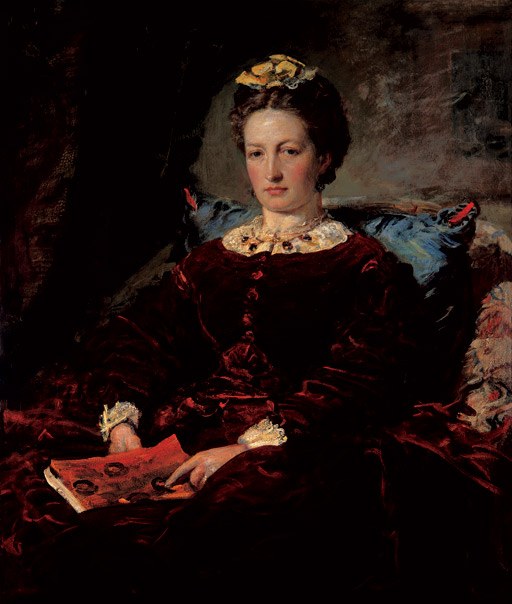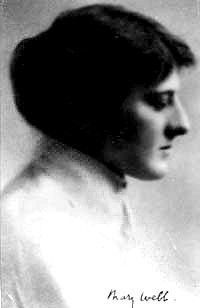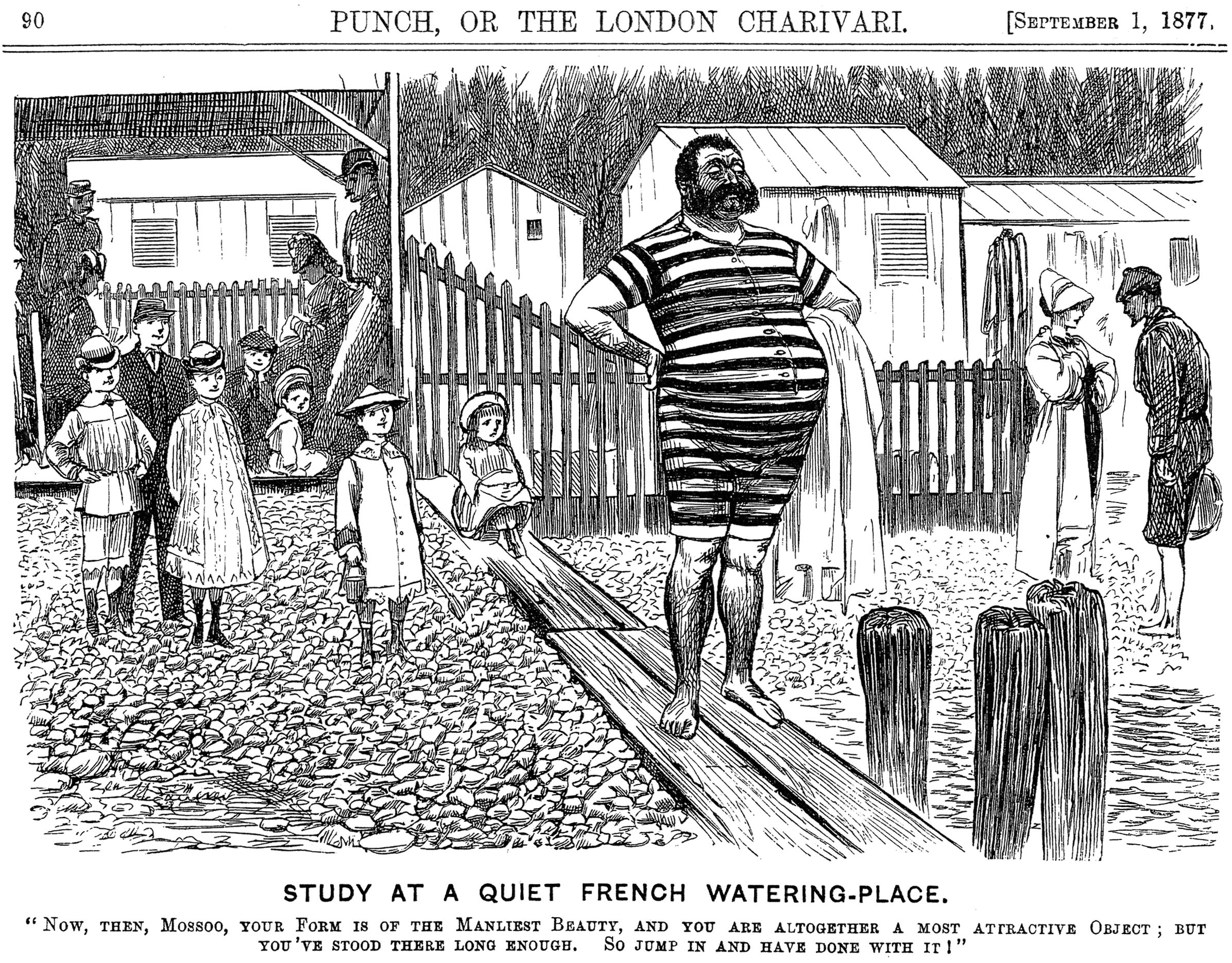|
Cornhill Magazine
''The Cornhill Magazine'' (1860–1975) was a monthly Victorian magazine and literary journal named after the street address of the founding publisher Smith, Elder & Co. at 65 Cornhill in London.Laurel Brake and Marysa Demoor, ''Dictionary of Nineteenth-Century Journalism in Great Britain and Ireland''. Ghent: Academia Press and London: British Library, 2009. (p. 145). In the 1860s, under the editorship of William Makepeace Thackeray, the paper's large circulation peaked around 110,000. Due to emerging competitors, circulation fell to 20,000 by 1870. The following year, Leslie Stephen took over as editor. When Stephen left in 1882, circulation had further fallen to 12,000. ''The Cornhill'' was purchased by John Murray in 1912, and continued to publish issues until 1975. History ''The Cornhill'' was founded by George Murray Smith in 1859, and the first issue displayed the cover date January 1860. A literary journal with articles on diverse subjects and serialisations of ... [...More Info...] [...Related Items...] OR: [Wikipedia] [Google] [Baidu] |
William Makepeace Thackeray
William Makepeace Thackeray (; 18 July 1811 – 24 December 1863) was a British novelist, author and illustrator. He is known for his Satire, satirical works, particularly his 1848 novel ''Vanity Fair (novel), Vanity Fair'', a panoramic portrait of British society, and the 1844 novel ''The Luck of Barry Lyndon'', which was Barry Lyndon, adapted for a 1975 film by Stanley Kubrick. Biography Thackeray, an only child, was born in Kolkata, Calcutta, British India, where his father, Richmond Thackeray (1 September 1781 – 13 September 1815), was secretary to the Board of Revenue in the East India Company. His mother, Anne Becher (1792–1864), was the second daughter of Harriet Becher and John Harman Becher, who was also a secretary (writer) for the East India Company. His father was a grandson of Thomas Thackeray (1693–1760), headmaster of Harrow School. [...More Info...] [...Related Items...] OR: [Wikipedia] [Google] [Baidu] |
Peter Quennell
Sir Peter Courtney Quennell (9 March 1905 – 27 October 1993) was an English biographer, literary historian, editor, essayist, poet, and critic. He wrote extensively on social history. Life Born in Bickley, Kent, the son of architect C. H. B. Quennell and Marjorie Quennell, he was educated at Berkhamsted Grammar School and at Balliol College, Oxford. While still at school some of his poems were selected by Richard Hughes for the anthology ''Public School Verse'', which brought him to the attention of writers such as Edith Sitwell. In 1922 he published his first book, ''Masques and Poems''. This was followed by many other volumes, particularly his ''Four Portraits'' of 1945 (studies of Boswell, Gibbon, Sterne, and Wilkes), books on London and works on Baudelaire (1929), Byron (1934–35), Pope (1949), Ruskin (1949), Hogarth (1955), Shakespeare (1963), Proust (1971) and Samuel Johnson (1972). He first practised journalism in London. In 1930 he taught at the Uni ... [...More Info...] [...Related Items...] OR: [Wikipedia] [Google] [Baidu] |
Ash-Tree Press
Ash-Tree Press is a Canadian company that publishes supernatural and horror literature. The press has reprinted notable collections of ghostly stories by such writers as R. H. Malden, A. N. L. Munby, L. T. C. Rolt, Margery Lawrence, and Eleanor Scott. It also has published newly edited collections of supernatural tales by such writers as John Metcalfe, Marjorie Bowen, Vernon Lee, and Frederick Cowles, and it has produced multi-volume sets of the complete supernatural short stories of Sheridan Le Fanu, E. F. Benson, H. Russell Wakefield, Russell Kirk, and A. M. Burrage. In 2001, the press published a collected edition of M. R. James's ghost stories and related writings. In addition, Ash-Tree Press has published new collections of stories by contemporary authors and a series of original anthologies. Awards for these include the 2002 British Fantasy Award for best collection for ''After Shocks'' by Paul Finch and the 2004 International Horror Guild Award and 2005 World Fa ... [...More Info...] [...Related Items...] OR: [Wikipedia] [Google] [Baidu] |
Nugent Barker
Nugent Barker (1888–1955) was an Irish writer. Little is known about him, but he is thought to have come from an old Irish family, the Nugents of County Westmeath. He is remembered for the evocative ghost story "Whessoe", and the grimly humorous "Curious Adventure of Mr Bond". Barker studied at Cheltenham College, where one of his classmates was Herman Cyril McNeile, who later wrote thrillers under the pseudonym "Sapper". Richard Dalby, ''The Mammoth Book of Ghost Stories'', London: Robinson Books. , p. 45. Stories and ratings Although rated highly by contemporaries – Edward Joseph Harrington O'Brien's ''The Best British Stories of 1929'', is dedicated to him – little is known of his life. The twenty-one tales in ''Written With My Left Hand'', first collected in 1950, are thought to represent his total of literary output. The reprint of "Whessoe" in the ''Best British Short Stories of 1929'' contains the only biographical note extant. It stated that he was educated at Che ... [...More Info...] [...Related Items...] OR: [Wikipedia] [Google] [Baidu] |
Mary Webb
Mary Gladys Webb (25 March 1881 – 8 October 1927) was an English romance novelist and poet of the early 20th century, whose work is set chiefly in the Shropshire countryside and among Shropshire characters and people whom she knew. Her novels have been successfully dramatized, most notably the film '' Gone to Earth'' in 1950 by Michael Powell and Emeric Pressburger based on the novel of the same title. The novels are thought to have inspired the famous parody ''Cold Comfort Farm'' (1932) by Stella Gibbons. Life She was born Mary Gladys Meredith in 1881 at Leighton Lodge in the Shropshire village of Leighton, where she was baptised at St Mary's parish church, 8 miles (13 km) southeast of Shrewsbury. Her father, George Edward Meredith, a private schoolteacher, inspired his daughter with his own love of literature and the local countryside. Her mother Sarah Alice was descended from a family related to Sir Walter Scott. Mary explored the countryside around her childho ... [...More Info...] [...Related Items...] OR: [Wikipedia] [Google] [Baidu] |
Rose Macaulay
Dame Emilie Rose Macaulay, (1 August 1881 – 30 October 1958) was an English writer, most noted for her award-winning novel '' The Towers of Trebizond'', about a small Anglo-Catholic group crossing Turkey by camel. The story is seen as a spiritual autobiography, reflecting her own changing and conflicting beliefs. Macaulay's novels were partly influenced by Virginia Woolf; she also wrote biographies and travelogues. Early years and education Macaulay was born in Rugby, Warwickshire the daughter of George Campbell Macaulay, a classical scholar, and his wife, Grace Mary (née Conybeare). Her father was descended in the male-line directly from the Macaulay family of Lewis. She was educated at Oxford High School for Girls and read Modern History at Somerville College at Oxford University. Career Macaulay began writing her first novel, ''Abbots Verney'' (published 1906), after leaving Somerville and while living with her parents at Ty Isaf, near Aberystwyth, in Wales. Later ... [...More Info...] [...Related Items...] OR: [Wikipedia] [Google] [Baidu] |
Elizabeth Bowen
Elizabeth Bowen CBE (; 7 June 1899 – 22 February 1973) was an Irish-British novelist and short story writer notable for her books about the "big house" of Irish landed Protestants as well her fiction about life in wartime London. Life Elizabeth Dorothea Cole Bowen was born on 7 June 1899 at 15 Herbert Place in Dublin, daughter of barrister Henry Charles Cole Bowen (1862–1930), who succeeded his father as head of their Irish gentry family traced back to the late 1500s, of Welsh origin, and Florence Isabella Pomeroy (died 1912), daughter of Henry FitzGeorge Pomeroy Colley, of Mount Temple, Clontarf, Dublin, grandson of the 4th Viscount Harberton. Florence Bowen's mother was granddaughter of the 4th Viscount Powerscourt. Elizabeth Bowen was baptised in the nearby St Stephen's Church on Upper Mount Street. Her parents later brought her to her father's family home, Bowen's Court at Farahy, near Kildorrery, County Cork, where she spent her summers. When her father became ... [...More Info...] [...Related Items...] OR: [Wikipedia] [Google] [Baidu] |
Albemarle Street
Albemarle Street is a street in Mayfair in central London, off Piccadilly. It has historic associations with Lord Byron, whose publisher John Murray was based here, and Oscar Wilde, a member of the Albemarle Club, where an insult he received led to his suing for libel and to his eventual imprisonment. It is also known for its art galleries and the Brown's Hotel is located at 33 Albemarle Street. History Albemarle Street was built by a syndicate of developers headed by Sir Thomas Bond. The syndicate purchased a Piccadilly mansion called Clarendon House from Christopher Monck, 2nd Duke of Albemarle in 1684, which had fallen into ruin due to neglect caused by the dissolute duke's spendthrift ways. It was sold for £20,000, a fifth less than the duke had paid for it only nine years previously despite the land values in the area increasing in the intervening period. The house was demolished and the syndicate proceeded to develop the area. At that time the house backed ont ... [...More Info...] [...Related Items...] OR: [Wikipedia] [Google] [Baidu] |
John Everett Millais
Sir John Everett Millais, 1st Baronet, ( , ; 8 June 1829 – 13 August 1896) was an English painter and illustrator who was one of the founders of the Pre-Raphaelite Brotherhood. He was a child prodigy who, aged eleven, became the youngest student to enter the Royal Academy Schools. The Pre-Raphaelite Brotherhood was founded at his family home in London, at 83 Gower Street (now number 7). Millais became the most famous exponent of the style, his painting '' Christ in the House of His Parents'' (1849–50) generating considerable controversy, and he produced a picture that could serve as the embodiment of the historical and naturalist focus of the group, '' Ophelia'', in 1851–52. By the mid-1850s, Millais was moving away from the Pre-Raphaelite style to develop a new form of realism in his art. His later works were enormously successful, making Millais one of the wealthiest artists of his day, but some former admirers including William Morris saw this as a sell-out (Millais ... [...More Info...] [...Related Items...] OR: [Wikipedia] [Google] [Baidu] |
Frederic Leighton
Frederic Leighton, 1st Baron Leighton, (3 December 1830 – 25 January 1896), known as Sir Frederic Leighton between 1878 and 1896, was a British painter, draughtsman, and sculptor. His works depicted historical, biblical, and classical subject matter in an academic style. His paintings were enormously popular, and expensive, during his lifetime, but fell out of critical favour for many decades in the early 20th century. Leighton was the bearer of the shortest-lived peerage in history; after only one day his hereditary peerage became extinct upon his death. Biography Leighton was born in Scarborough to Augusta Susan and Dr. Frederic Septimus Leighton (1799-1892), a medical doctor. Leighton's grandfather, Sir James Boniface Leighton (1769-1843), had been the primary physician to two Russian tsars - Alexander I and Nicholas I - and their families, and amassed a fortune while in their service. Leighton’s career was always cushioned by this family wealth, with his father ... [...More Info...] [...Related Items...] OR: [Wikipedia] [Google] [Baidu] |
Edwin Landseer
Sir Edwin Henry Landseer (7 March 1802 – 1 October 1873) was an English painter and sculptor, well known for his paintings of animals – particularly horses, dogs, and stags. However, his best-known works are the lion sculptures at the base of Nelson's Column in Trafalgar Square. Life Landseer was born in London, the son of the engraver John Landseer A.R.A. and Jane Potts. He was something of a prodigy whose artistic talents were recognised early on. He studied under several artists, including his father, and the history painter Benjamin Robert Haydon, who encouraged the young Landseer to perform dissections in order to fully understand animal musculature and skeletal structure. Landseer's life was entwined with the Royal Academy. At the age of just 13, in 1815, he exhibited works there as an “Honorary Exhibitor”. He was elected an Associate at the minimum age of 24, and an Academician five years later in 1831. He was an acquaintance of Charles Robert Leslie, wh ... [...More Info...] [...Related Items...] OR: [Wikipedia] [Google] [Baidu] |
George Du Maurier
George Louis Palmella Busson du Maurier (6 March 1834 – 8 October 1896) was a Franco-British cartoonist and writer known for work in ''Punch'' and a Gothic novel ''Trilby'', featuring the character Svengali. His son was the actor Sir Gerald du Maurier. The writers Angela du Maurier and Dame Daphne du Maurier and the artist Jeanne du Maurier were all granddaughters of George. He was also father of Sylvia Llewelyn Davies and grandfather of the five boys who inspired J. M. Barrie's ''Peter Pan''. Early life George du Maurier was born in Paris, France, son of Louis-Mathurin Busson du Maurier and wife Ellen Clarke, daughter of the Regency courtesan Mary Anne Clarke. He was brought up to believe his aristocratic grandparents had fled from France during the Revolution, leaving vast estates behind, to live in England as émigrés. In fact, du Maurier's grandfather, Robert-Mathurin Busson, was a tradesman who left Paris, France, in 1789 to avoid charges of fraud and later change ... [...More Info...] [...Related Items...] OR: [Wikipedia] [Google] [Baidu] |




.jpg)



